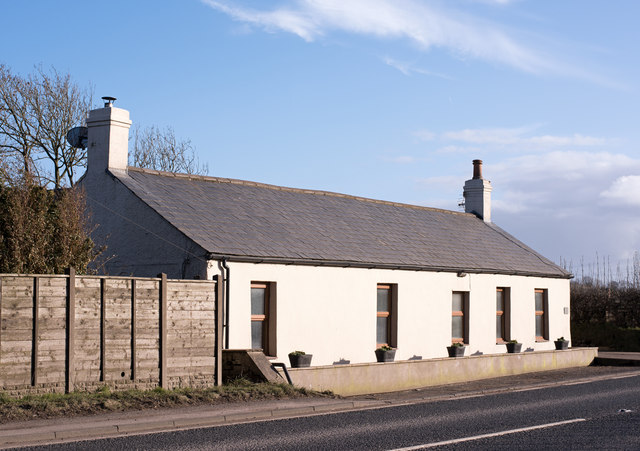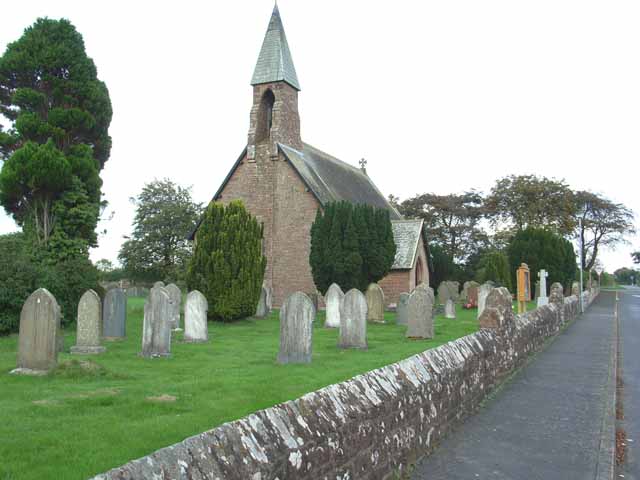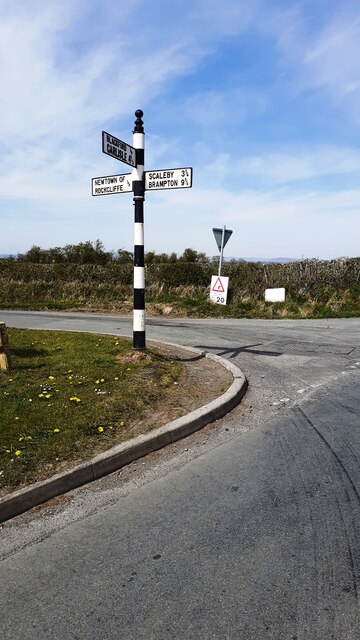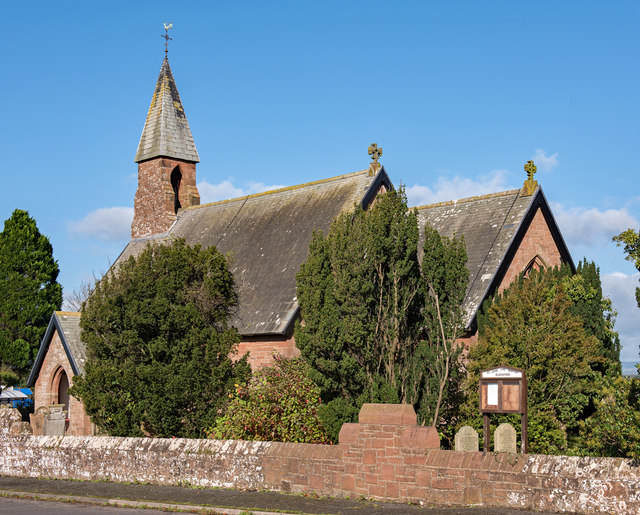Topics > Blackford
Blackford
Blackford is a village in Cumbria, located on the A7 road, about 3½ miles north of Carlisle. St John the Baptist's Church here was built in 1870. Blackford forms part of Westlinton Civil Parish and is within the Cumberland Unitary Authority area.
Blackford is a village in Cumbria, England, close to Gretna, Scotland.
Etymology
Blackford means what it says, a black ford or river-crossing. However, unlike other places of the name, it is a mix of Old English and Old Norse: the first element is Old English
blǣc "black", while the second element is Old Norse vathr / vaőr, ford, river crossing,
which usually occurs as -wath in place-names with this element (e.g. Wath upon Dearne). The name was recorded as Blakiwaith in 1165.
Text from Wikipedia, available under the Creative Commons Attribution-ShareAlike License (accessed: 01/10/2021).
Visit the page: Blackford, Cumbria for references and further details. You can contribute to this article on Wikipedia.
Visit the page: Blackford, Cumbria for references and further details. You can contribute to this article on Wikipedia.

from Geograph (geograph)
Former "The Board Inn", Blackford - February 2018 (2)
Pinned by Simon Cotterill

from Geograph (geograph)
Elizabeth II postbox and telephone box, Blackford
Pinned by Simon Cotterill


from Geograph (geograph)
Former "The Board Inn", Blackford - February 2018 (2)
Pinned by Simon Cotterill

from Geograph (geograph)
Elizabeth II postbox and telephone box, Blackford
Pinned by Simon Cotterill








